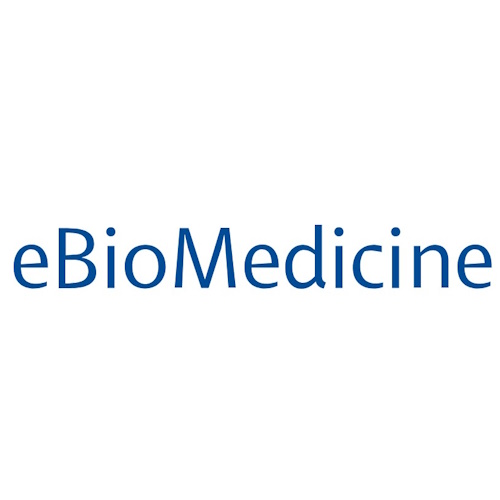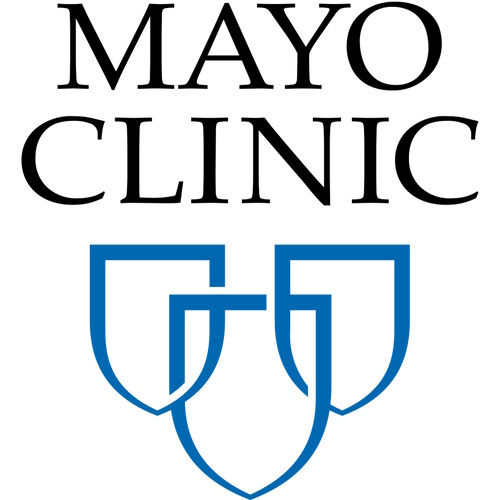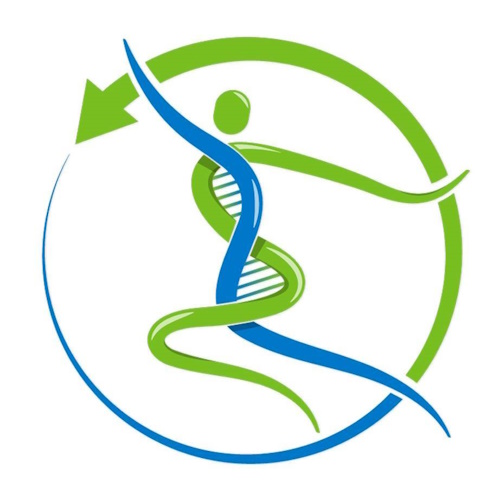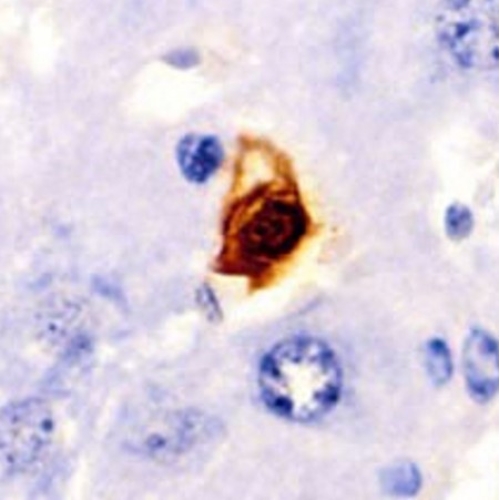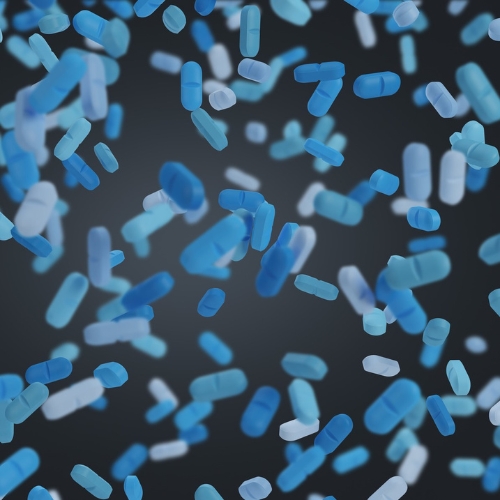Key points from article :
Fisetin is a naturally occurring flavonol and also acts as a pigment.
Strawberries have the highest fisetin content at 160 micrograms per gram (µg/g).
Typical supplement pills are in the 100 mg (milligrams) range - though no safe range defined yet.
Studies show that it has anti-inflammatory and neuroprotective properties in animals,
Targets and destroys senescent cells rather than simply blocking their signals or altering them.
LEAF suggests waiting for results of clinical trials to determine correct dosage before taking fisetin.
The studies were published in the EBioMedicine and PubMed journals.
